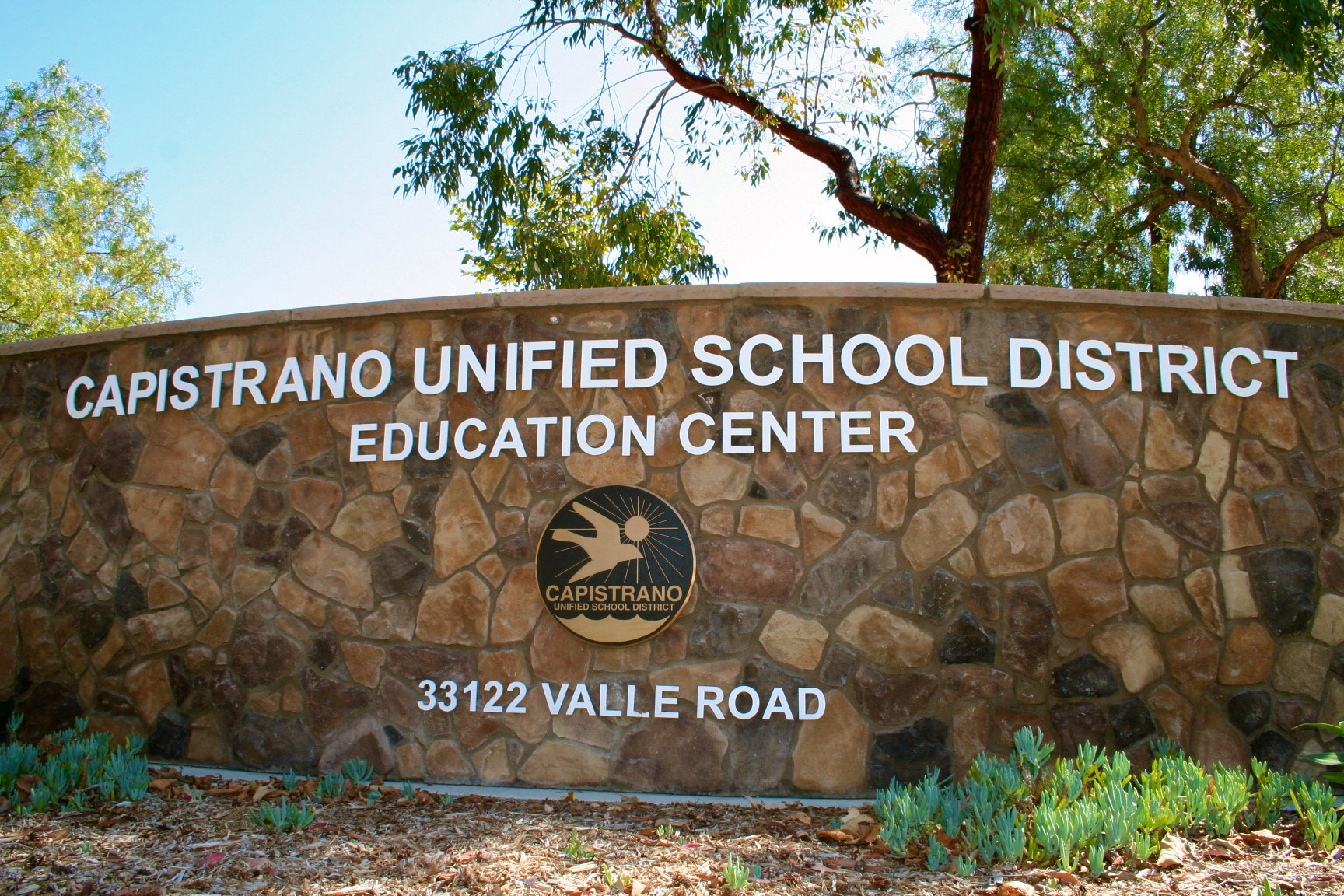
The Capistrano Unified School District will be able to meet its financial obligations as usual, according to a report district staff presented to the Board of Trustees on Wednesday, March 15.
District officials presented the required financial report certifying the district is in sound fiscal shape, with trustees voting to approve staff’s recommendation of positive financial certification, based on the presented data.
Of CUSD’s current budget, salary costs for both certificated and classified employees have cost $126 million for the 2022-23 fiscal year. Books and supplies cost $5 million.
As for revenue sources, the financial report showed that revenue from a state formula introduced in 2013 called the Local Control Funding Formula—LCFF for short—made up the bulk of district’s money with $297 million.
Other state and local revenue came out to a combined $9 million, while federal funding only accounted for $372,894.
A full budget for the 2023-24 fiscal year is expected to come before the board in May for approval. Negotiations for employee salaries and benefits are still ongoing.
Based on multi-year projections, CUSD’s amount of surplus funds is expected to decrease in the coming years. The district projects to have about $38.58 million in 2023-24; nearly $30.9 million in 2024-25; and close to $22.32 million in 2025-26 in terms of surplus money.
School districts are required to maintain a minimum of 2% in reserve funds, and CUSD expects to be well above that in the coming years, with projected ending funds of 20.5% in 2023-24; 25.8% in 2024-25; and 28.7% in 2025-26.
Another statistic that has fallen over time is student enrollment, according to the report. Projected student enrollment numbers for 2023-24 are at 40,939 students—a decrease from the 47,205 students for 2018-19.
Enrollment was variously at 46,501 students in 2019-20, 43,719 students in 2020-21, 42,754 students in 2021-22, and 41,854 students in 2022-23.
“Attendance is projected to be less than 93% of enrollment compared to a 96% average in pre‐pandemic years,” the report said.
Student Board Member Alex Zhao said he would like to incorporate feedback from current students into ongoing discussions about educational funding since they have “good ideas” about the reasons behind the decline in enrollment.
“I was already talking with a lot of students,” Zhao said. “They already had a lot of ideas about why this is happening and how the school district can work to bulwark against it.”
Trustees also again reiterated frustrations about public education being underfunded.
“Sometimes, when we get out there (in the State Capitol in Sacramento), it’s upsetting to see the whole process, that we continually don’t prioritize public education in this state,” Board President Krista Castellanos said. “We’d like to throw money at it in our one-time funding. As you all know sitting up here, we can’t plan programming and do long-term goals with one-term funding.”
Trustee Gila Jones said the board should authorize a trustee or other representative to go to Sacramento in person and talk about the importance of funding education to state legislators.
